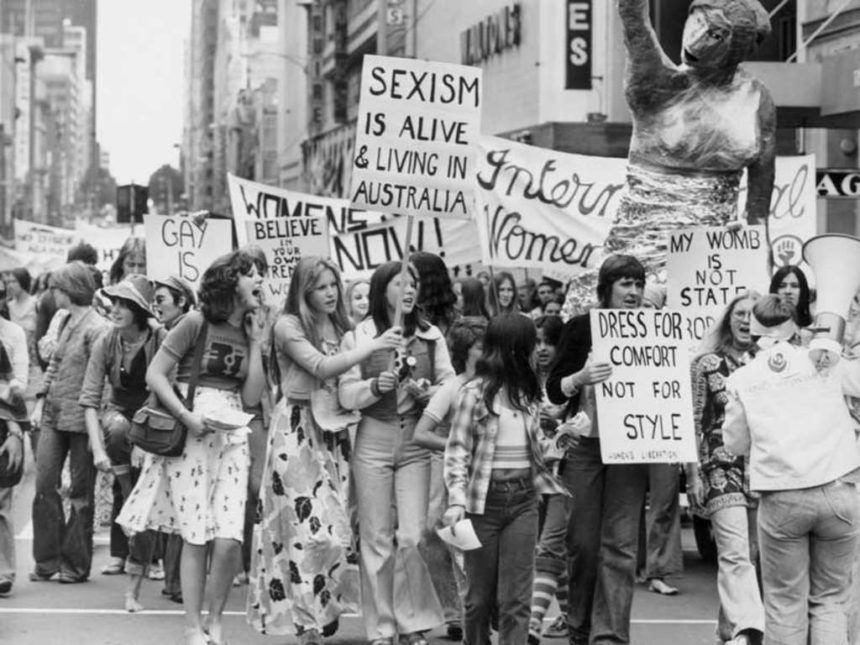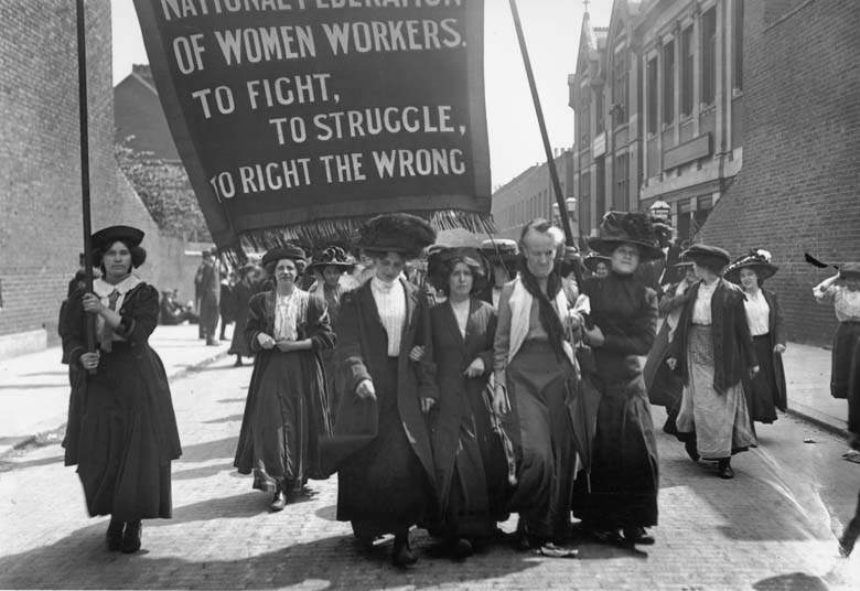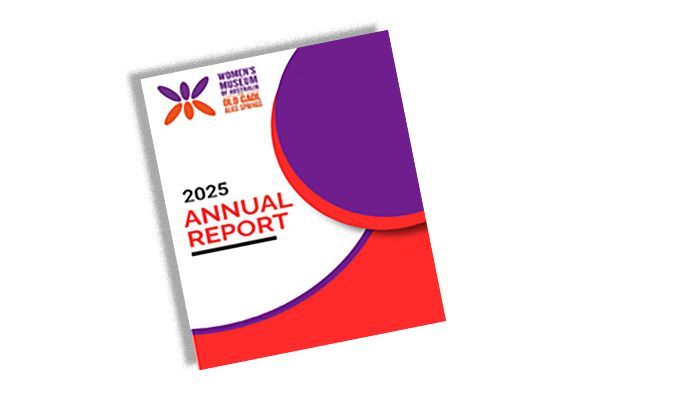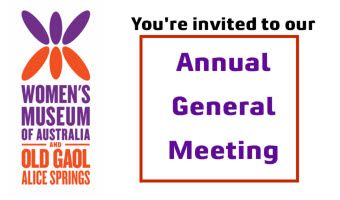International Women's Day events
The Women’s Museum of Australia annually hosts events to join the efforts of millions of women to better the future of women and girls globally.

The United Nations describes IWD as
…a day when women are recognized for their achievements without regard to divisions, whether national, ethnic, linguistic, cultural, economic or political. It is an occasion for looking back on past struggles and accomplishments, and more importantly, for looking ahead to the untapped potential and opportunities that await future generations of women.
IWD also provides us with an opportunity to unite, debate, network and mobilise funds to foster meaningful change for women and girls in future.
We celebrate International Women’s Day and the anniversary of the Museum’s foundation association annually on 8 March.
Pictured: 1975 International Women’s Day Rally, Melbourne, 1975
Image courtesy MoAD

A BRIEF HISTORY OF IWD
In 1908, against a backdrop of terrible working conditions and exploitation, 15 000 women took to the streets of New York protesting for shorter hours, better pay and voting rights.
The next year, the Socialist Party of America announced a National Women’s Day to honour the strikers and in 1910 it went global — the Socialist International voted for the creation of a Women’s Day to advocate for suffrage. The first International Women’s Day was held in 1911, and more than a million people turned out to rallies in Europe.
For most of the 20th Century, International Women’s Day was acknowledged and celebrated by people at the grassroots level as a rallying point for social justice. It wasn’t until 1975 — International Women’s Year — that the United Nations adopted International Women’s Day on 8 March.
Pictured: On May 16th, 1911, British suffragette Charlotte Despard (1844 – 1939) (wearing a white waistcoat) heads a march of the National Federation of Women Workers through Bermondsey in South London. (Photo by Topical Press Agency/Getty Images)



